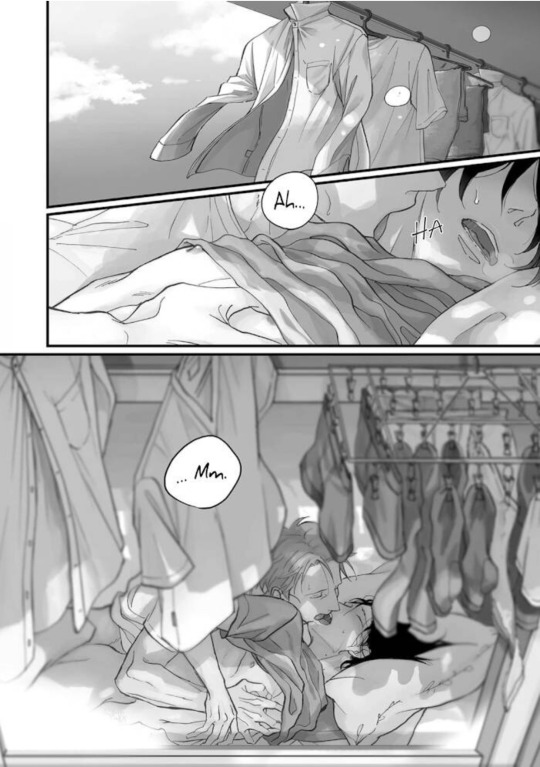#bl manga
Text
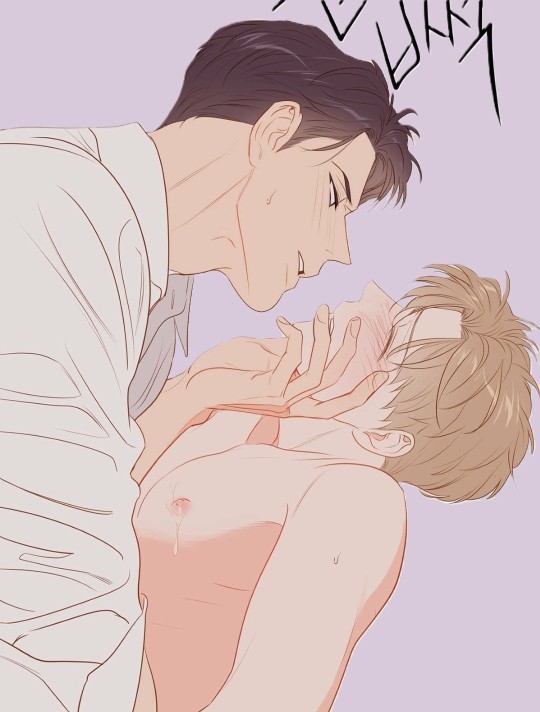
59 notes
·
View notes
Text

#Gosou Omega wa Chuu to Naku#Hanasawa Namio#manga#manga cap#manga screencap#boys love#black and white#bl manga#boys love manga#yaoi manga#yaoi#shounen ai#manga quotes
30 notes
·
View notes
Text
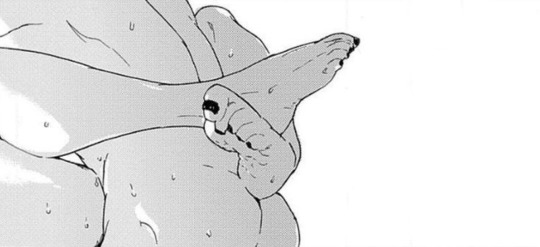
Source: tsumasaki kara aisarete
3K notes
·
View notes
Text


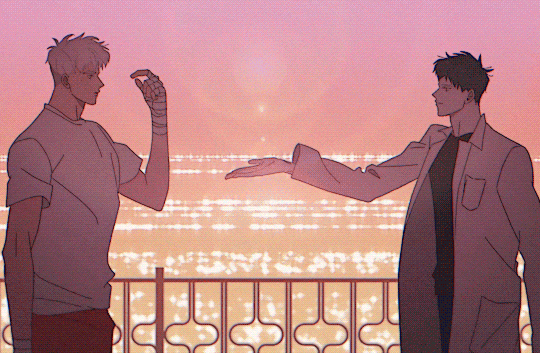

MIGNON
#mignon#yaoi#yaoi bl#manga#yaoi manhwa#boys love#yaoi anime#bl manhwa#manga yaoi#yaoicouple#yaoihard#shounen ai anime#shounen ai comic#yaoi comic#yaoi manga#manga bl#bl art#bl anime#bl recommendation#bl manga#mignon anime#2023 anime#shounen ai couple#shounen ai#gaypride#gay culture
2K notes
·
View notes
Text



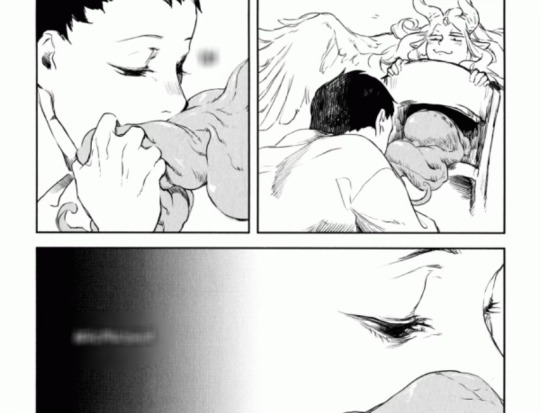
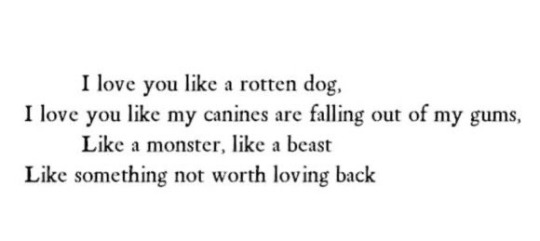





#madk manga#madk#Sumiyoshi Ryo#Suzuri Ryou#墨佳遼/すずり りょう/ 硯遼#Hikaru ga Shinda Natsu#The Summer Hikaru Died#光が死んだ夏#canibalism#aesthetic#art#manga yaoi#bl manga#yaoi bl#love crime#homosexual#homoerotic#lovers#flesh
998 notes
·
View notes
Text
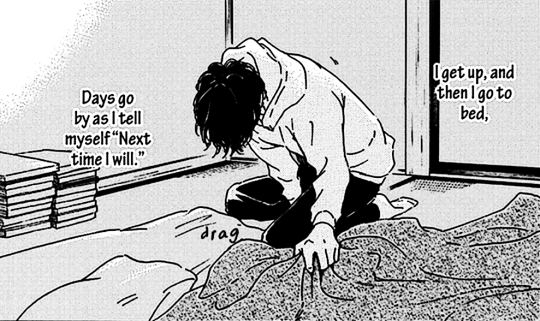

Anti-Romance by Hidaka Shoko
#anti-romance#manga#bl manga#shounen ai#manga panel#mangacap#manga cap#manga edit#monochrome#black and white#animangabwedit#tw depressing thoughts
633 notes
·
View notes
Text
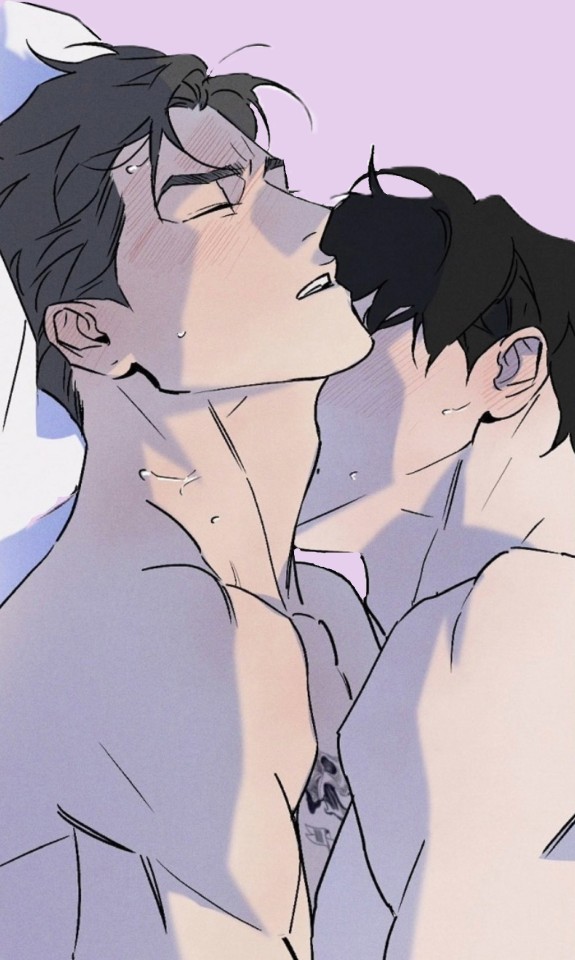
871 notes
·
View notes
Text

#Yousei-san wa Yaritai Houdai#Miyako Mimeko#manga#manga cap#manga screencap#black and white#boys love#bl manga#boys love manga#yaoi manga#yaoi#shounen ai
14 notes
·
View notes
Text
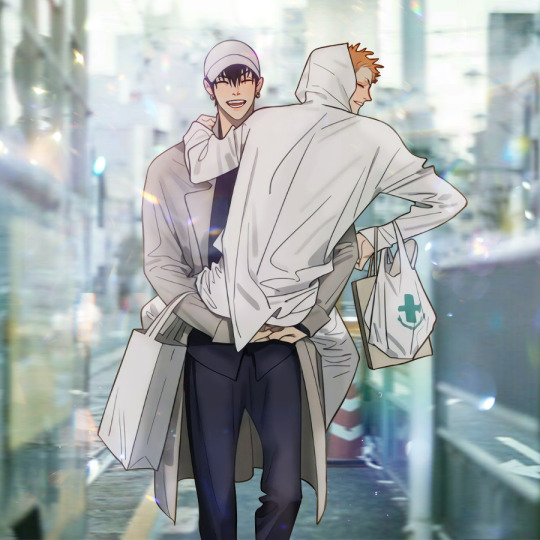
Do you remember when Mo hurt his 🦶 - it wasn’t so bad after all. I hope we’ll get to see Mo&He simply happy like this more often 🫰
Based on 19 Days by @oldxian_ox
853 notes
·
View notes
Text

can't believe i lived long enough to see this ... it had been forever
From: Ennead
#ennead#boys love#bl manga#manga yaoi#shounen ai#manhwa#webtoon#manga#yaoi#anime#yaoi ship#yaoi manhwa#fudanshi#yaoi icons#yaoilove#manga love#yaoihard#yaoi bl#fujoushi#manga couple#yaoi manga#manga cap#japanese manga#manga panel#yaoi recommendation#yaoicouple
858 notes
·
View notes
Text
A Quick History of BL
As someone who wrote a thesis on this very subject a few years ago, here is the short version of how BL has evolved throughout the years. For the new comers ❤
a minute of silence for the original form of this post that tumblr decied to not save right after I saved it
I am going to go with a chronological approach. Unfortunately, I cannot put everything in one post so if there’s any questions about this or that aspect of the history of BL that you want to know and it’s not talked about here, you are welcome to ask me directly :)
Context and influences - Japan in the 60′s
Before the US forced Japan to open its borders to the outside world in the 1800s, homosexual practices were common place between budist monks, samurais and kabuki actors. During the Edo period (1600s to 1800s) there was a very rich amount of poetry, art, books (such as Nanshoku Okagami (The Great Mirror of Male Love) by Ihara Saikaku) and codes of conduct about how to have a good master/aprentice relationship, kinda like the greeks if you know what I mean. However, with the arrival of western influences, in order to become a more “civilized” country, it was all put in the closet.
Yet, in the 60′s Japan started to pick it up again through literature about young androginous beautiful boys (aka bishounen). On one hand, in 1961, the novel Koibitotachi no Mori (A Lover’s Forest) by Mari Mori was published. It tells the story of a young and beautiful 19 year old worker and a half french half japanese aristocrat, and their tragic romance. On the other hand, Taruho Inagaki wrote Shounen ai no Bigaku (The esthetics of boy-love), an essay on aesthetic eroticism (of which he wrote a lot of). All this was know as Tanbi (lit. aesthetic) literature. It generally refered to literature with implied homosexuality and homoeroticism such as works by Oscar Wilde, Jean Cocteau, etc. And of course, Mori and Inagaki.
In chinese tanbi is read as danmei (term used to refer to BL novels in china today, ie: The Untamed it’s all connected friends).
From the birth of Shonen Ai to Yaoi - 70′s to the late 80′s
Around the beginning of the 70′s, shoujo was being revolutionized by the Year 24 Group, a generation of women manga authors (mangaka) who started to explore new themes. Among them, their interest in tanbi gave birth to a new subgenre: Shounen ai.
Their most known manga were:
Kaze to Ki no Uta (The Ballad of the Wind and Trees) by Keiko Takemiya, and
Toma no Shinzo (The Heart of Thomas) by Moto Hagio
Their stories are characterized by having suffering eurpoean bishounen in boarding schools, living an idealized perfect love (meaning passionate) that, despite the tragic end of one of them, lives forever in the other.
As this genre starts getting popular, more and more fans of these stories start making their own self published manga, aka doujinshi, of the genre. It is around this time that the term Yaoi is coined. Meaning “YAma nashi, Ochi nashi, Imi nashi” (no climax, no fall, no meaning). Basically PWP fanfiction, for the most part. Doujinshis could be considered an equivalent of fanfiction in manga form. It is also here that the term Fujoshi (aka Rotten Girl, for liking rotten things) starts being used to refer to women readers of yaoi.
With this rise in popularity come the start of the commercialization of the genre. Which meant the publication of magazines dedicated solely to yaoi/shonen ai/BL. The most popular yaoi manga magazine at the time was June. The common trait of their stories being the therapeutic power of the love between the mains. The traumatized character would heal throught this newfound love.
Most of the stories at this time happened in the West (Europe or the States) as the exploration of these dark themes intertwined with homosexual romance and homoeroticism still feel safer to explore as a foreign concept. One example would be Banana Fish (1985).
Commercialization and Yaoi Ronso - 90′s
As more publishing houses pick the genre up, the term Boys Love is used to include every type of manga about homosexuality made for women.
The increasing amount of BL series sees a changes in its themes:
the start of the “gay for you” trope where one mantains their heterosexuality despite being in a homsexual relationship,
the uke/seme dynamic (mirroring hetero realtionships) also relating to physical appearence (one being more feminine, the other being more masculine),
the use of rape as an act love (sexual violence has always been present but here it becomes a staple),
anal sex as the only type of sex,
older and more masculine men start to appear
they now happen in Japan
Good examples of the presence of these themes in manga are Gravitation (1996) or Yatteranneeze (1995).
However in 1992, Masaki Sato (a gay activist/drag queen) wrote a letter in a small scale feminist magazine attacking yaoi and pointing out how it “represented a kind of misappropriation or distortion of gay life that impacted negatively upon Japanese gay men”. The female readers of yaoi responded, defending the genre as a means to escape gender roles and explore sexual themes that was never meant to represent the realities of gay men. This is know as the Yaoi Ronso (Yaoi Debates).
The debate ended with both sides understanding more of each other, with mangakas starting to include queer views in their works. It also started the academic reasearch of BL.
Yet, it is a debate that has been restarted more than once, as it is still relevant despite the evolution of the genre.
more on this on another post
Globalization and coining of BL - 2000′s
By the beginning of the 2000s BL is being sold all over the world (like all manga), and has become a stable industry. We could say it has finally become it’s own genre.
Some of the most well known manga series, to us (in the west), of the time are:
Junjou Romantica 2002
Koi Suru Boukun 2004
Love Pistols 2004
Haru wo Daiteita 1999
all of these have anime adaptations for the curious ones
We also start seeing short anime adaptations or special episodes of the most popular series, with questionable themes, such as: adoptive father x adoptive son (Papa to Kiss in the Dark 2005), father x son’s friend (Kirepapa 2008), etc...
However the themes remain more or less the same. Junjou Romantica’s love story starts with a non-con sex scene by the older one (masc, seme) to the younger one (more feminine, uke) addressed years later in the manga btw. Koi Suru Boukun’s love story is triggered by aphrodisiacs and rape. They’re still very present in the stories but slowly going away. A mangaka that represents this era could be Natsume Isaku (Candy Color Paradox 2010).
Change is slow in Japan. Even though the voices of LGBT+ people started to be taken into account in the genre it is not until later that we see it reflect in the mangas themselves. However, we can already see the start of this in Doukyusei (Classmates) (2006) by Asumiko Nakamura. Also Kinou Nani Tabeta? (2007) which is actually part of a more mature genre: Seinen.
It is my personal (subjective) theory that the BL of this era was the one that got popular outside of Japan, which is why we see lots of references to the themes, tropes and dynamics of this time in today’s BL series.
The LGBTzation of BL and the rise of webtoons - 2010′s to 2020′s
Slowly but surely LGBT characters and themes enter the scene of BL. Existing simultaneously with the previous tropes and themes, we start seeing a shift in these stories. We now see:
characters that identify as gay or some type of queer
discussions about homophobia
more mature themes about life and romance
At the same time as we get the usual love stories with the usual themes, a new trend starts to take over. And we get simultaneously, cute, sometimes questionable but light love stories:
Love Stage 2010
Ashita wa Docchi da! 2011
Kieta Hatsukoi 2019
More profound stories and darker or more complex themes:
Blue Sky Complex 2013
Saezuru Tori wa Habatakanai 2011 (mafias)
Given 2013 (suicide)
Hidamari ga Kikoeru 2013 (deafness)
And others that adress the queer experience in a more mature way (which might actually fall into the Seinen genre)
Itoshi no Nekokke 2010 (slice of life, queer characters)
Smells like Green Spirit 2011 (two ways to deal with a homphobic society)
Strange 2014 (relationships between men)
Shimanami Tasogare 2015 (an LGBT group helps a closeted gay)
Old Fashioned Cupcake 2019 (you know this one 😉)
Bokura no Micro na Shuumatsu 2020 (the end of the world)
As queer stories are explored, BL mangakas and mangakas from other genres start to consider more stories about queer people such as the Josei Genderless Danshi ni Aisaretemasu (My Androgynous Boyfriend) (2018) by Tamekou, or the Shoujo Goukon ni Itarra Onna ga Inakatta Hanashi (The story of when I went to a mixer and there were no women) (2021) by Nana Aokawa.
Still, we can see two realities live side by side. Doukyuusei gets adapted into an impactful animated movie in 2016, meanwhile Banana Fish gets an anime adaptation that keeps the homoeroticism but not the homosexuality.
For those who might be interested. Here are some of the authors that represent the first half of this era, where they start to include newer points of view:
Scarlet Beriko, HAYAKAWA Nojiko, KURAHASHI Tomo, OGERETSU Tanaka, Harada, KII Kanna (Stranger by the Sea), etc...
And authors that while keeping classical themes break the stereotypes in a subtle manner:
CTK, ZAKK, Jyanome, Cocomi, Hidebu Takahashi, SUZUMARU Minta, etc...
Mangakas also no longer stick to one genre only. They explore whichever of them they want, from BL to Seinen to others.
ie: Tamekou,
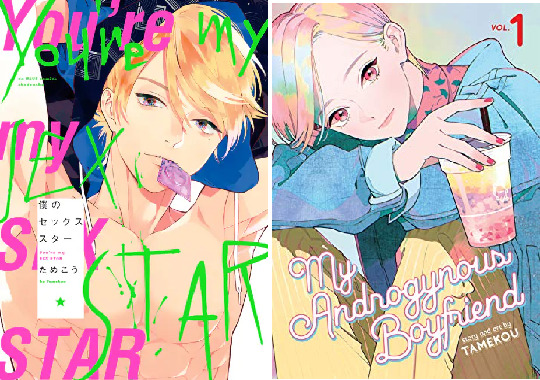
or Asumiko Nakamura

The curious case of Webtoons
With the digitalization of mangas, throught Renta and Lehzin, it has become easier (and more expensive) to access these stories. Korea makes and appearence with their webtoons. Through the lack of piracy protections and the majority of them being digital, manhwa (korean webtoons) sees a rise in popularity. Through the digital medium the influencee can be the influencer.
However, like many other East Asian countries they have consumed BL, without hearing about the conversations about BL. So they end up mantaining the older themes and stereotypes that newer BL is trying to leave behind. Therefore, we end up with a mix of old and new, ie:
Killing Stalking 2016
Cherry Blossoms After Winter 2017
Painter of The Night 2019
Additionally, it is also thanks to the easy access to internet that Omegaverse, with its higher dramatic stakes (that parallel hetero dynamics), enters the mangasphere in 2016. It has grown in popularity ever since.
With the Thai BL Boom of 2020, Japan rediscovers its own BL market and starts investing in it more. Which is why we get live action adaptations of BL manga that was popular years ago (Candy Color Paradox was a manga from 2010), the more recent ones (The End of the World With You) or new anime adaptations (Saezuru Tori wa Habatakanai in 2020).
more on this in my japanese live action BL post
What has it become now? is it BL? ML? or Seinen? Or is it all just gay manga?
It is clear that Shoujo manga (with BL, Josei and Seinen) is exploring queer themes such as gender and sexuality more and more. Japan is interested in this conversation, not only in manga (Genderless fashion). Which brings up the current question in BL studies: Does it make sense to keep these categories?
As a response to BL, ML (Male Love), which is made by gay men for gay men, started happening (around the 70s too). And Bara (gay manga porn) in response to Yaoi. However both gay men and women read BL and ML. We also see other themes being explored through BL, such as friendship (in BL Metamorphose), food (in Kinou Nani Tabeta), male relationships of all kinds (in Strange), and different queer views on life and its challenges (in Shimanami Tasogare). More and more what is LGBT and what is BL is merging, the line is blurred.
Conclusion
BL has been in my life for longer than it hasn't. It is through shoujo and BL that I have come to understand people and romance.
It is flawed, like everything else this life, but it's flourishing in many ways.
The genre feels old and new at the same time.
We can still find shounen ai/tanbi elements in more modern manga (All About J). Or the gay for you in a new light (Itoshi no Nekkoke). Or more educational manga on queer issues (My Brother’s Husband by Gengoroh Tagame). BL has around 50 years of existence but it is also being born anew in Thailand and Korea.
BL manga will continue to evolve in acordance to Japanese tastes, as it is still a local market. Hopefully the korean webtoons that get popular will be the more daring ones in their themes. Who knows where it will go from here? The only thing we know for sure is that it will continue to change. Isn't it exciting?
A post on the evolution of live action BL in Japan is coming, to complement this post. As well as a more detailed explanation of the Yaoi Debates and gay manga.
#history of bl#bl post series#I feel like I left too much stuff out#I hope it makes sense#honestly I would really recommend reading some of those manga#they're super interesting#soon it'll be 20 years since I started reading BL#my gosh#if theres anything anyone wants to know more about#I'd love to write more :)#yaoi manga#bl manga
659 notes
·
View notes
Text

#Tasogare Outfocus#Janome#manga#manga cap#manga screencap#black and white#boys love#bl manga#boys love manga#yaoi manga#yaoi#shounen ai#details
12 notes
·
View notes
Text
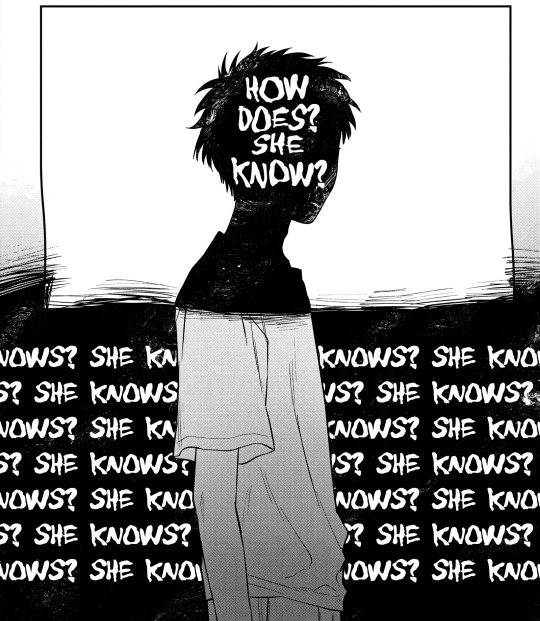
Hikaru ga Shinda Natsu by Mokmok Len
#hikaru ga shinda natsu#the summer hikaru died#mokmok len#bl manga#mangacap#my edit#img desc in alt text
680 notes
·
View notes
Text
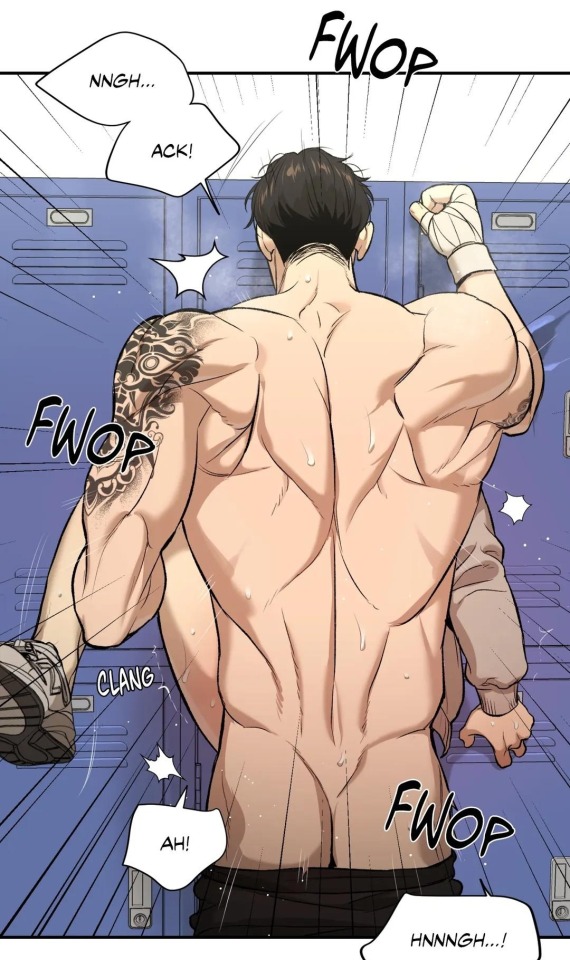
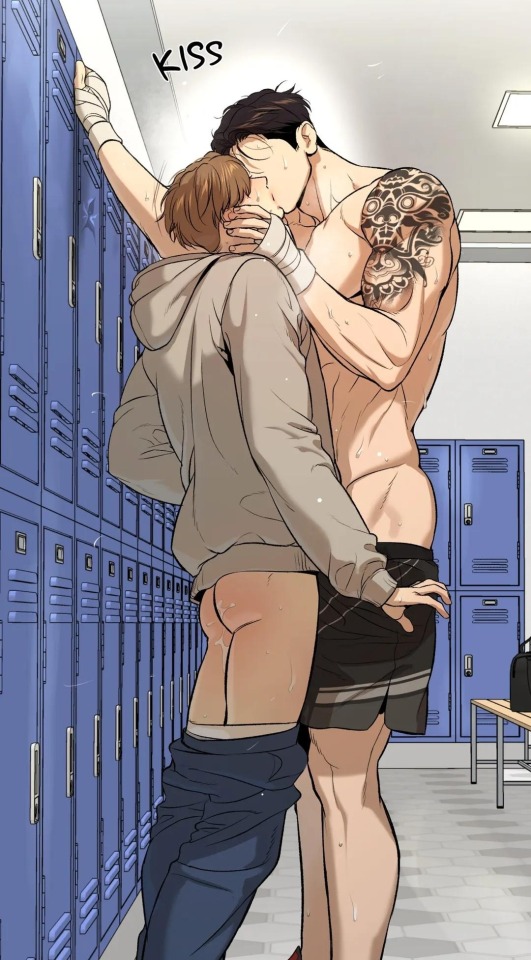
Some booty shots mhmm 🙈😏❤️
So smoll😭
Source: jinx
#Jinx#joo jaekyung#kim dan#Doc dan#manhwa#bl manga#boys love manga#manga screencap#yaoi manga#manga cap#bl manhwa#anime and manga
834 notes
·
View notes
Text

From: Midnight Men
#midnight men#boys love#bl manga#shounen ai#manga yaoi#manhwa#webtoon#manga#yaoi#anime#yaoi ship#yaoi manhwa#fudanshi#yaoi icons#yaoilove#manga love#yaoihard#yaoi bl#fujoushi#manga couple#yaoi manga#manga cap#japanese manga#manga panel#yaoi recommendation#yaoicouple
789 notes
·
View notes
